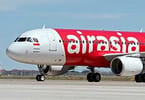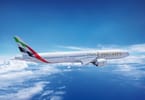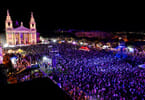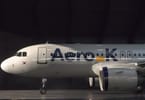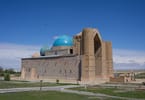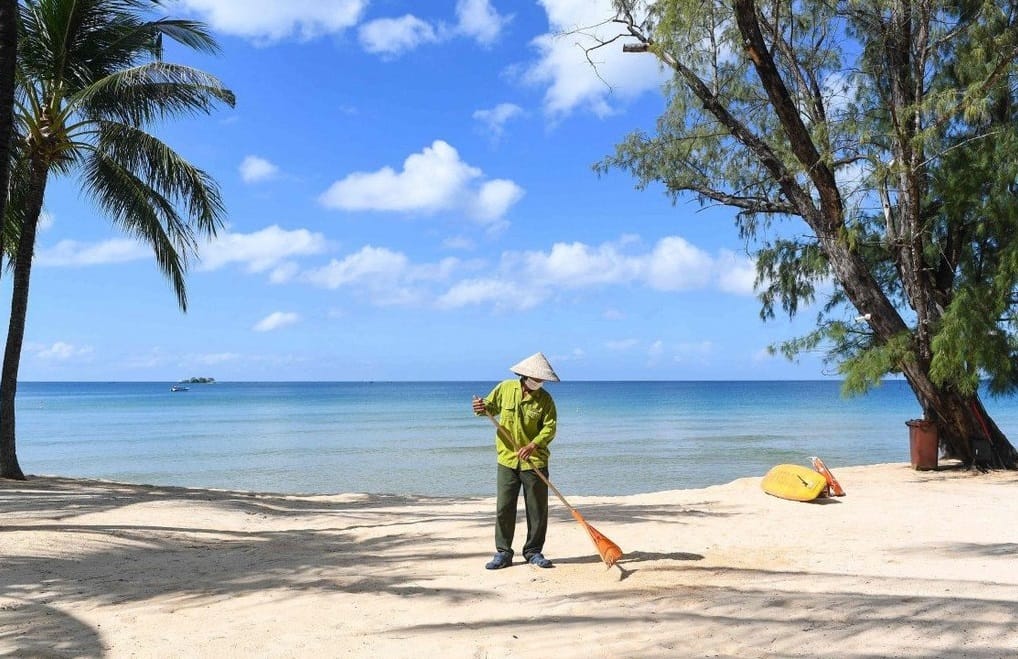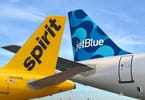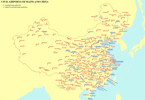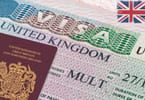A lot of space is being occupied by luxury tourism this year at Bit, the international tourism fair held in Milano.
Research was conducted on luxury tourism by a team in the Master’s program in Tourism Economics at Bocconi University, Milano. The exhibition explores the evolution of the concept of luxury, showing that increasingly it is less tied to material goods and closer to the experiences. The research tries to identify upcoming challenges posed by tourism industry needs, such as exclusivity and customization.
Currently, luxury tourism does not seem to have suffered due to the economic crisis. Globally, more than 1,000 billion euro is generated in this segment per year, of which 183 are from hotels, 112 from food and beverage, and 2 from luxury cruises. In the period 2011-2015, the sector grew worldwide by 4.5%. For every 8-euro spent on travel, one is related to luxury.
Europe and North America account for 64% of the original area for luxury travel, but new areas with large spending power increased in many regions of the world. For example, Asia Pacific has the highest estimate of growth between now and 2025.
For the most part, the luxury segment is made up of independent travelers (70%) who are willing to pay for a customized trip. They travel in first and business class or private flights, and stay mainly in high-end structures (75%). The activities that most interest these travelers are: gourmet dinners, tours, and learning new skills.
WHAT TO TAKE AWAY FROM THIS ARTICLE:
- The exhibition explores the evolution of the concept of luxury, showing that increasingly it is less tied to material goods and closer to the experiences.
- Research was conducted on luxury tourism by a team in the Master's program in Tourism Economics at Bocconi University, Milano.
- For the most part, the luxury segment is made up of independent travelers (70%) who are willing to pay for a customized trip.




